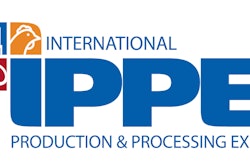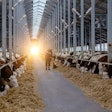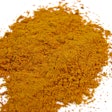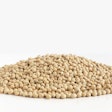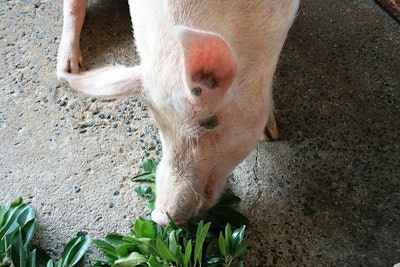
Rising disease pressures continue to challenge the global market and will remain the major change driver in global animal protein in 2020, according to Rabobank’s latest Pork Quarterly titled‘Opportunities Are Emerging from Risks.’
“Although the severity of African swine fever’s (ASF) impact is subdued in some regions, the scope of the disease has expanded over recent months,” according to Chenjun Pan, Senior Animal Protein Analyst. “The ramifications in 2020 will lead to continuous caution on production expansion in some regions and higher import demand on the global balance sheet.”
Several ongoing, regional trade-deal discussions will influence global trade flows. The Phase One US-China trade deal, however, will open up opportunities for US exporters to increase shipments to China.
Other highlights from the Pork Quarterly Q1 2020 include:
China: More imports expected
ASF continues to spread in China, though the pace has slowed. Policies encourage restocking and production expansion, which is currently conducted by large companies with better biosecurity and modern farming facilities. As restocking is mainly achieved by keeping gilts, we expect to see a further drop in local production in 2020, which will reduce overall pork production. This suggests imports will increase in 2020, above record levels.
Europe: Slow production growth
Following an estimated slight decline in 2019, EU pork production is expected to increase by about 1% in 2020, driven by high prices and strong export demand. However, uncertainties, such as the Brexit trade-deal negotiation and local ASF risks, will affect EU production and trade.
US: Continued production growth in 2020
Pork production in 2020 is expected to rise 3.2% YOY, driven by modest growth in the breeding herd and improvement in productivity. Pork export demand will remain robust, due to expected increasing shipments following the implementation of the trade agreements with China and Japan. However, labor shortages remain a key constraint in 2020, as increases in hog supplies continue to outpace packer capacity – an issue that faster packing line speeds could help to mitigate.
Brazil: Exports move to higher levels
As seen in 2019, the impact of ASF is expected to raise international demand for Brazilian pork further. Likewise, domestic demand is consistently improving on the back of ongoing economic reforms. With feed costs expected to remain reasonable and price levels expected to remain high, margins along the production chain will be well supported in 2020.
Click hereto download the report.






